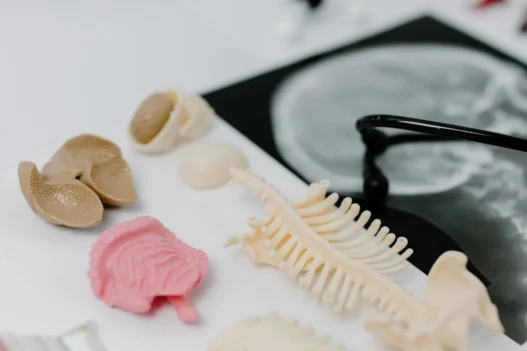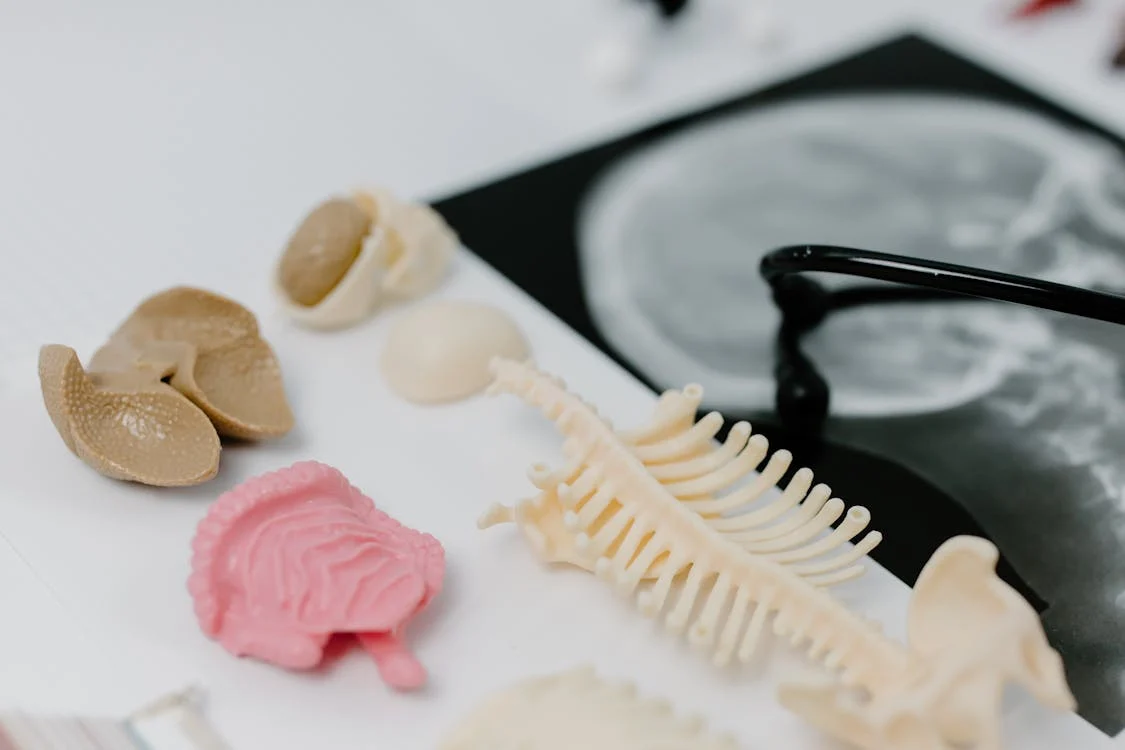0HHU7NZ refers to the medical procedure of inserting a tissue expander into the left breast through a natural or artificial opening. This process is often done to prepare for a future breast reconstruction surgery.
Table of Contents:
- 🔎 Clinical Indication
- 📋 Preparation
- 📖 Methodology
- 🩹 Recovery
- 🚨 Complexity & Risk
- 🔀 Similar Procedures
🔎 Clinical Indication
0HHU7NZ (Insertion of Tissue Expander into Left Breast, Via Natural or Artificial Opening) may be performed to prepare the breast for reconstructive surgery after a mastectomy.
This procedure involves placing a device under the skin to gradually stretch the tissues, allowing for the insertion of a permanent breast implant at a later date.
Overall, this process helps to restore the shape and size of the breast, improving the patient’s physical appearance and self-confidence.
📋 Preparation
Before undergoing the procedure to insert a tissue expander into the left breast, the patient will meet with their medical team to discuss the process and expected outcomes. This may include a physical examination and any necessary tests to ensure the patient is in good health for surgery.
The patient will likely be instructed to avoid eating or drinking anything for a certain amount of time before the procedure, typically starting at midnight the night before. This is to reduce the risk of complications during the surgery and ensure the patient’s safety.
Additionally, the patient may be advised to stop taking certain medications that could increase the risk of bleeding during the procedure. It’s important for the patient to follow these instructions carefully to ensure the surgery goes smoothly and without complications.
📖 Methodology
During the procedure 0HHU7NZ, a tissue expander is inserted into the left breast through a natural or artificial opening. This expander helps to stretch the skin and tissue in the breast area in preparation for breast reconstruction surgery. The expander is gradually filled with saline solution over time to slowly expand the breast until the desired size is achieved.
🩹 Recovery
After the insertion of a tissue expander into the left breast, the recovery process typically involves some discomfort and swelling that can last for a few days.
Patients may experience tightness in the chest area as the expander begins to stretch the skin and tissue to prepare for a breast implant. It’s important to follow post-operative instructions from the surgeon, including taking any prescribed pain medication and avoiding strenuous activities.
During the recovery period, patients should attend follow-up appointments with their surgeon to ensure that the expander is properly inflating and monitoring for any signs of infection. It’s important to communicate any concerns or changes in symptoms to the medical team for proper care and guidance.
🚨 Complexity & Risk
Performing 0HHU7NZ, the insertion of a tissue expander into the left breast, is a highly complex procedure that requires precision and expertise. Surgeons must navigate delicate tissue and ensure proper placement to achieve desired results.
While this procedure can be life-changing for some patients seeking breast reconstruction, there are potential risks involved. Patients may experience complications such as infection, bleeding, or implant rupture. It’s important for individuals considering this surgery to discuss all potential risks with their healthcare provider before proceeding.
🔀 Similar Procedures
Another medical procedure that is similar to the insertion of a tissue expander into the left breast is a mastectomy. This procedure involves the surgical removal of all breast tissue to treat or prevent breast cancer. Like the insertion of a tissue expander, a mastectomy can also be performed through a natural or artificial opening in the body.
In both procedures, the goal is to either remove or reconstruct breast tissue. While a tissue expander is used to stretch the skin and muscle to prepare for a breast implant, a mastectomy removes the entire breast tissue. Both procedures require careful monitoring and recovery time to ensure successful outcomes for the patient.

